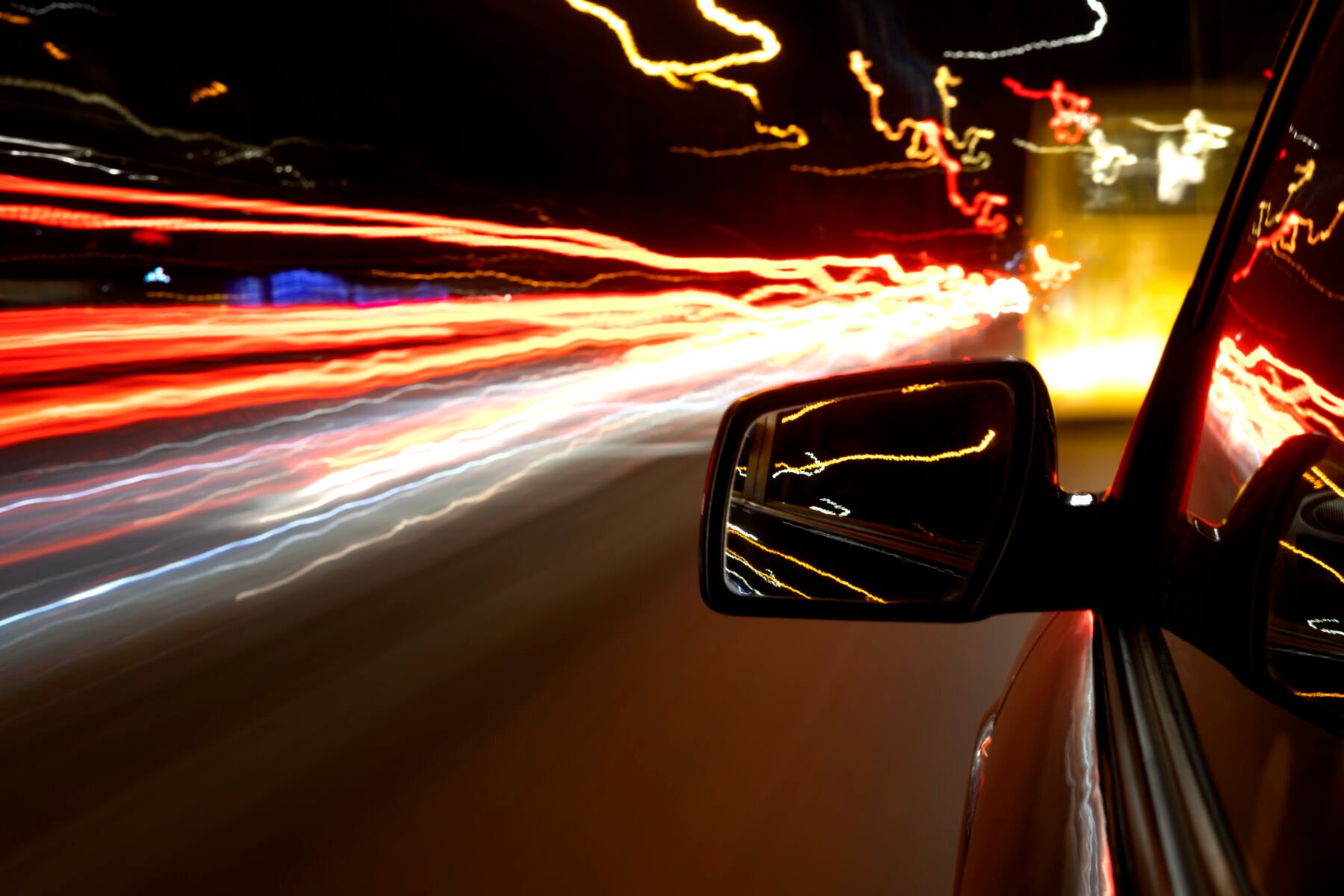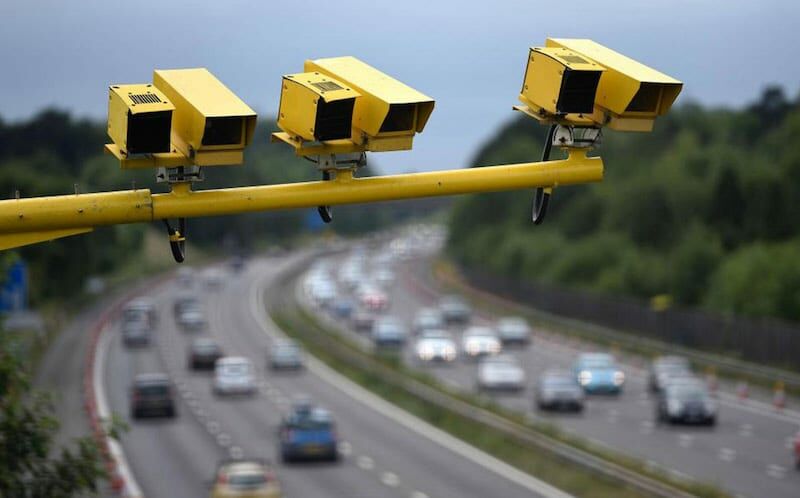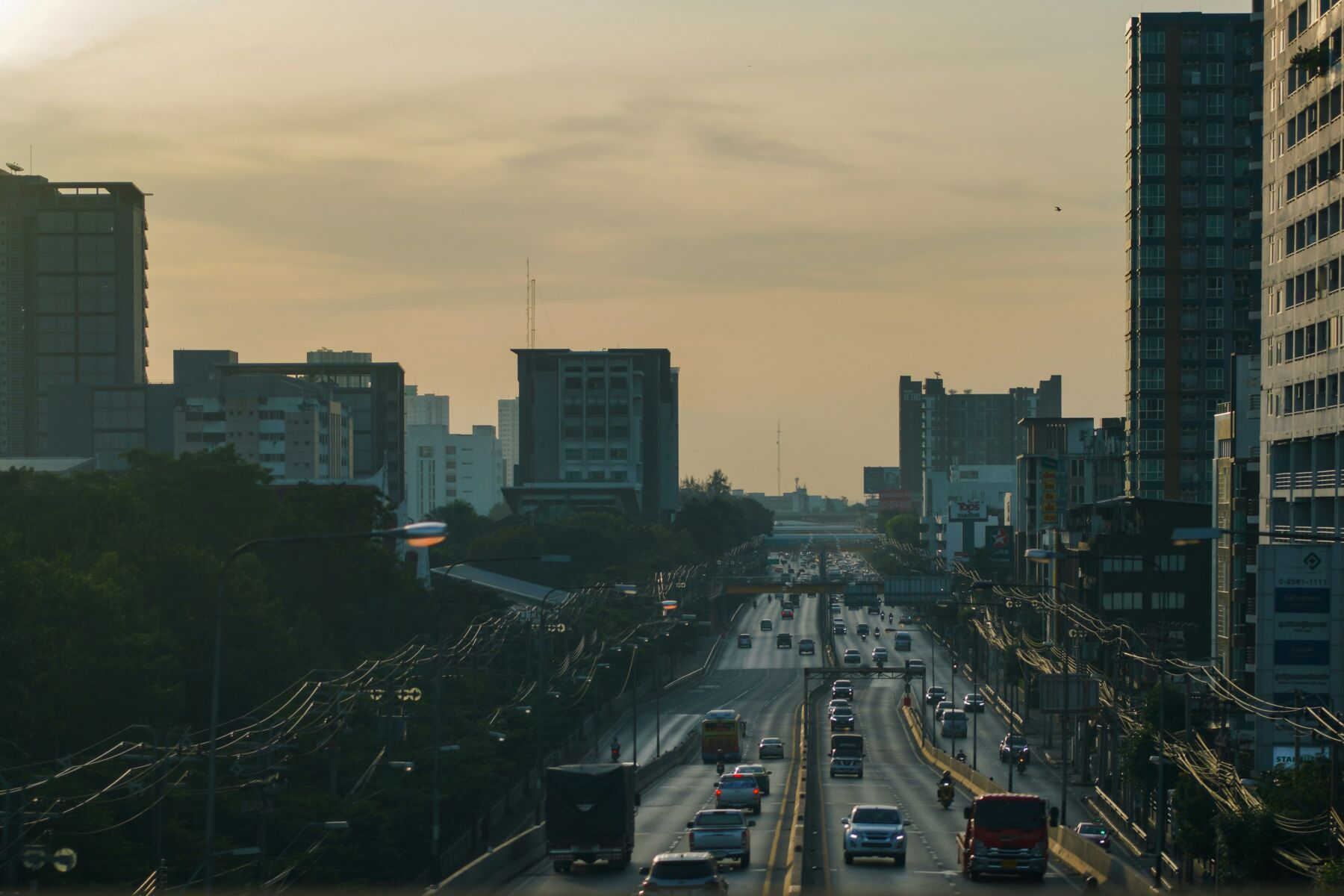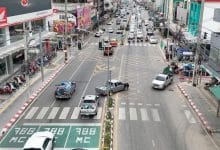Essential guide to the speed limit in Thailand

Navigating Thailand’s roads requires an understanding of the local traffic laws, especially the speed limits. Whether you’re driving in the bustling streets of Bangkok or taking a scenic route in Chiang Mai, knowing the speed limit is crucial for a safe journey.
Thailand has seen modifications to its speed limits to enhance road safety and traffic flow. On ground-level expressways, the speed limit for regular four-wheel vehicles, including small trucks and vans, has been set to 110 kilometres per hour. This change aims to regulate traffic speed without compromising efficiency, especially in crowded cities like Bangkok and Phuket. For those travelling on elevated expressways in urban areas, the speed limit is slightly reduced to 100 kilometres per hour for standard vehicles, considering the complex traffic conditions these routes often face.
Public transportation, school buses, and trucks carrying a load of fewer than 22 tonnes have specific speed limits. On ground-level expressways, these vehicles are restricted to 90 kilometres per hour, while on elevated expressways, the cap is 80 kilometres per hour. These measures ensure the safety of all road users, from the bustling streets of Bangkok to the winding roads of Chiang Mai.

Speed enforcement is a critical component of Thailand’s road safety strategy. The question, “Does Thailand have speed cameras?” is often posed by locals and tourists alike. The answer is yes; Thailand employs speed cameras and regular traffic enforcement measures to ensure drivers adhere to speed limits, thus reducing the risk of accidents and speeding fines. The highest legal speed limit on Thai expressways stands as a testament to the country’s commitment to balancing safety with efficiency.
When considering speeding fines in Thailand, it’s important to remember that penalties are in place to encourage adherence to speed limits. Enforcement is taken seriously to maintain order and safety on the roads. Whether you’re navigating the congested streets of Bangkok or enjoying the scenic views in Phuket, adhering to the speed limit is not only a legal obligation but also a contribution to a safer, more efficient driving environment.
Road speeds in Thailand
When travelling through the vibrant landscapes of Thailand, from the bustling streets of Bangkok to the serene beaches of Phuket, it’s crucial to be informed about the speed limits that govern its roads. Understanding these regulations will not only ensure your safety but also help you avoid speeding fines in Thailand.

Speed limits
Thailand has a structured set of speed limits designed to enhance road safety and regulate traffic flow across different types of roads, from city streets to highways and expressways. The recent adjustments to these limits reflect Thailand’s commitment to aligning with international road safety standards while accommodating local conditions.
In metropolitan areas:
- In Bangkok: Navigating through Thailand’s capital, the speed limit is generally set at 50 kilometres per hour on most city roads, but this can drop to as low as 30 kilometres per hour in congested zones and near schools to ensure pedestrian safety. Bangkok’s dense traffic and urban layout necessitate these lower limits.
- In Chiang Mai and Phuket: Similarly, in Chiang Mai and Phuket, areas known for their tourist attractions and bustling markets, the speed limits are kept within a safe range to protect both locals and visitors alike.
On Highways and expressways:
Thailand’s extensive network of highways and expressways has specific speed limits:
- The highest legal speed limit on Thai motorways has been a topic of adjustment, with a recent cap set at 110 kilometres per hour for ground-level expressways and 100 kilometres per hour for elevated expressways. This careful calibration aims to strike a balance between efficient travel and road safety.
- Does Thailand have speed cameras? Absolutely. Thailand employs speed cameras and other traffic enforcement measures to uphold these rules. Speed cameras are strategically placed along highways, expressways, and accident-prone areas to ensure compliance with speed regulations.
- Is the speed limit enforced? Yes, the speed limit in Thailand is strictly enforced, with speeding fines serving as a deterrent against non-compliance. The presence of speed cameras, coupled with regular patrols by traffic police, ensures drivers adhere to the set speed limits, contributing to a safer driving environment for everyone.
How does Thailand compare to other countries of the world
When considering road safety, understanding how the speed limit in Thailand compares to other parts of the world can offer intriguing insights, especially given Thailand’s efforts to enforce speed regulations. Let’s delve into a comparative analysis across different continents.

Asia
In Asia, speed limits vary widely, reflecting the diversity of its countries. For example, in Japan, the maximum speed limit on expressways is generally 100 km/h, slightly less than Thailand’s 120 km/h on motorways with at least 2 lanes in each direction. This highlights Thailand’s relatively higher limit, which matches its recent initiative to increase speed limits on certain highways. It’s worth noting does Thailand have speed cameras? Indeed, similar to its Asian counterparts, Thailand utilises speed cameras and other enforcement measures to ensure compliance with speed limits, aiming to curb the high road accident rates.
Europe
Europe showcases a more stringent stance with a majority of countries enforcing the standard of 130 km/h on motorways. Germany stands out, with sections of its Autobahn having no speed limit, representing the highest legal speed limit scenario. When comparing this to Thailand, the difference is clear; Thailand’s 120 km/h limit on specific motorways indicates a more cautious approach. Especially in urban areas like Bangkok, the speed limit in Bangkok is kept at 50 km/h, reflecting a conscious move towards enhancing road safety in congested city environments.
Africa
Africa’s approach to speed limits is varied, largely influenced by infrastructure and the state of road safety in each country. South Africa, for instance, has a standard of 120 km/h on its major highways, aligning closely with Thailand’s motorway rules. However, enforcing these limits differs, with Thailand making significant strides in leveraging technology for compliance monitoring.
America
In the United States, speed limits are set by each state, with the highest being 85 mph (approximately 137 km/h) in Texas, eclipsing Thailand’s motorway speed limit. However, in urban areas across the US, speed limits are significantly reduced, mirroring the approach in Thai cities like Chiang Mai and Phuket, where lower limits are enforced to ensure safety. The question of is the speed limit enforced in Thailand as rigorously as in some American states can be complex, given the variability in road conditions and monitoring mechanisms. Yet, with the introduction of speed cameras and the imposition of a speeding fine in Thailand, there’s a clear commitment to enforcement.
Across continents, it’s evident Thailand’s speed limits are designed to strike a balance between facilitating smooth traffic flow on motorways and prioritizing safety in urban and residential areas. By comparing Thailand’s regulations with those around the globe, one can appreciate the country’s efforts to manage the challenges presented by its high road accident and fatality rates.
Road signs
Understanding road signs is crucial for navigating Thailand’s roads safely and effectively. In cities like Bangkok, Phuket, and Chiang Mai, road signs play a significant role in managing traffic flow and ensuring adherence to the regulations. While Thailand’s highest legal speed limit on certain highways may reach up to 120 kilometres per hour, the road signs will guide you on the specific rules applicable to each road.

Traffic signs and speed limits
Thailand boasts a comprehensive system of traffic signs, including those indicating speed limits. In Bangkok, the rule in urban areas is generally lower, reflecting the city’s dense traffic and pedestrian activities. Similarly, speed limits in Phuket and Chiang Mai are designed to enhance road safety, catering to both locals and tourists unfamiliar with the roads. Road signs indicating the speed limit are prevalent, especially in areas prone to heavy traffic or near schools and hospitals, ensuring drivers are well informed of the speed restrictions.
Enforcement and speed cameras
The question ‘Does Thailand have speed cameras?’ is common among residents and visitors alike. Yes, Thailand utilises speed cameras as part of its enforcement strategy to ensure compliance with speed limits. These cameras are strategically placed in accident-prone areas and on routes where speeding is common. The presence of speed cameras underscores the importance of paying attention to road signs and adhering to the rules in Thailand. Fines in Thailand are enforced to deter drivers from exceeding speed limits, with penalties increasing for repeat offenders or excessive speeds.
While driving through Thailand, it’s essential to stay vigilant for road signs indicating speed limits and other traffic regulations. Whether you’re cruising down the motorway or navigating the busy streets of Bangkok or Chiang Mai, understanding and following the signals will enhance your driving experience and ensure safety on the roads. Remember, the enforcement is not only for your safety but also for the safety of all road users.
Emergency information
In the case that you need to contact emergency services, it always pays to know these numbers.
- Police = 191
- Ambulance (Public) = 1669
- Fire = 199
- Tourist Police = 1155
- Highway Police = 1193
In the case that you might not remember the phone numbers, 911 also works as well.
Navigating Thailand’s roads safely hinges on your understanding and adherence to the rules. Remember, it’s not just about the maximum limit of 120 km/h on highways; local road signs are your go-to for specific limits, especially in bustling urban centres. With speed cameras dotted around, it’s clear Thailand takes road safety seriously. So, whether you’re cruising through the scenic routes or navigating the lively streets of cities like Bangkok, keeping an eye on those signs isn’t just about avoiding fines—it’s about ensuring the safety of everyone on the road. Stay informed, stay safe, and enjoy the journey.
If you ever happen to encounter an emergency in Thailand, this guide on the emergency services in Thailand will save your or anyone else’s life or if you are interested in buying a car in Thailand, make sure to read our guide on all the things you have to know before getting a car.
Parts of this article, including images, may have been generated using AI tools before an editor reviewed it.
Latest Thailand News
Follow The Thaiger on Google News:


























